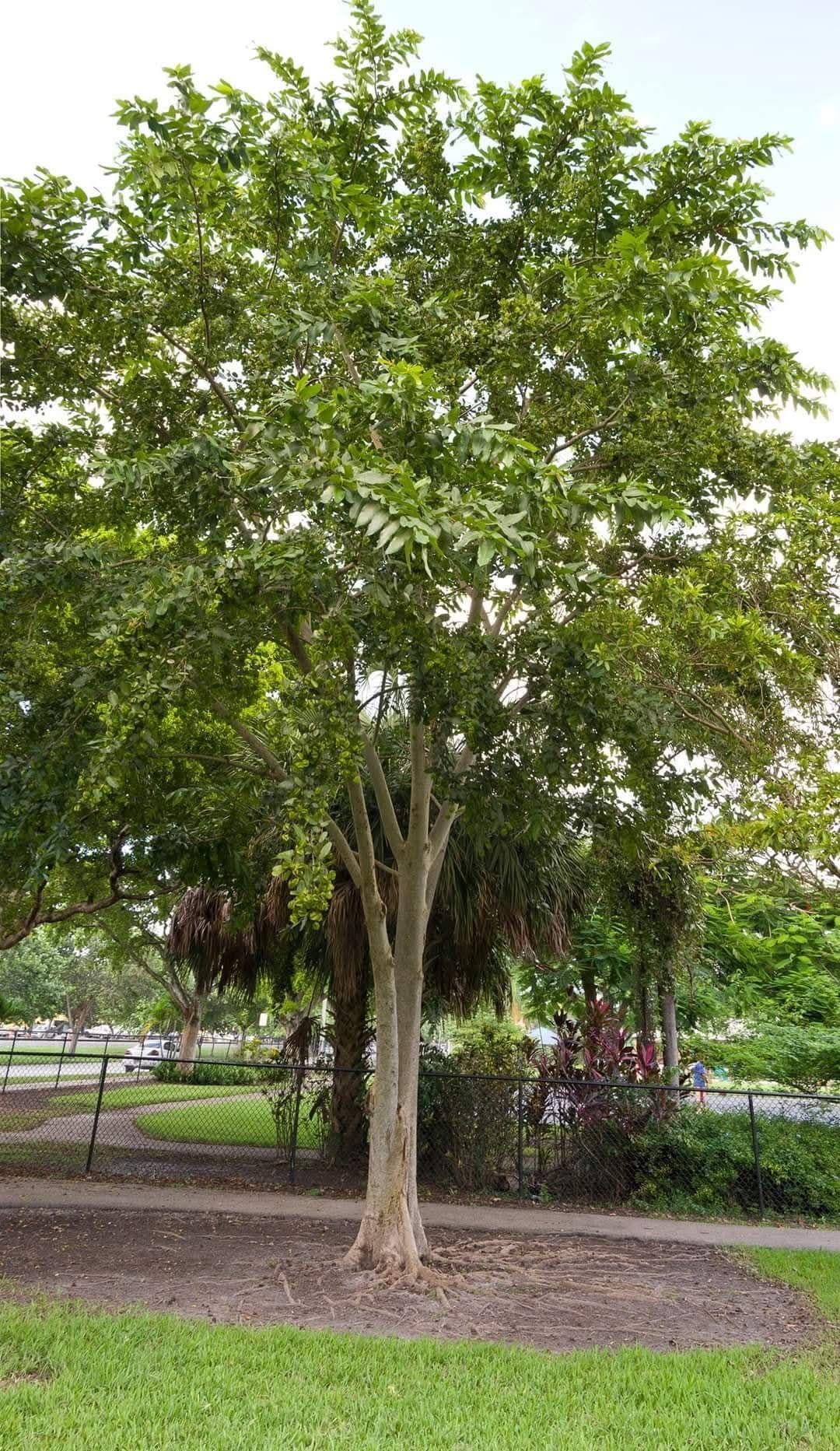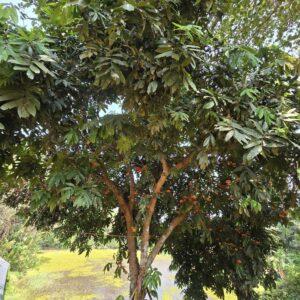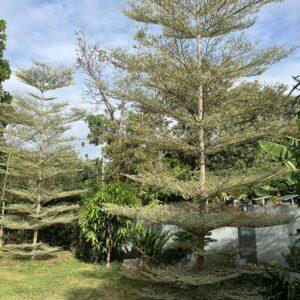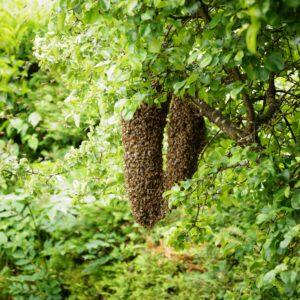Arjun Tree “🌳❤️ The Heart Healer of Indian Forests
The Arjun Tree, botanically known as Terminalia arjuna, is a majestic, deciduous tree native to the Indian subcontinent, especially found along riverbanks and dry riverbeds. Revered for centuries in Ayurvedic medicine, the bark of the Arjun Tree is a cardiotonic, believed to support heart health, blood circulation, and cholesterol control.
With its spreading crown, thick trunk, and white to grey bark, Arjun is also widely planted as an avenue tree, shade tree, and soil stabilizer in erosion-prone areas.
🌿 Botanical Overview
Botanical name: Terminalia arjuna
Common names: Arjun, Arjuna, Arjuna Myrobalan
Family: Combretaceae
Type: Deciduous tree
Height: 20–30 meters
Canopy: Wide-spreading, dome-shaped
Bark: Smooth, white to grey, flakes in sheets
Leaves: Simple, oval, arranged oppositely, shiny green
Flowers: Small, pale yellowish, blooms in spring–summer
Fruits: 5-winged woody capsules, ripen in winter
Lifespan: Long-lived (over 100 years in some cases)
☀️ Climate and Temperature Requirements
Sunlight: Requires full sun for optimal growth
Climate: Thrives in tropical to subtropical climates
Temperature: Ideal range: 20°C to 40°C
USDA Zones: 10–12
Rainfall: Prefers 500–1200 mm/year
🌞 This tree thrives in hot, dry, or semi-moist climates, and can tolerate both drought and moderate flooding.
🌱 Soil Requirements
Type: Grows well in loamy, sandy, or lateritic soil
Drainage: Well-draining, although tolerates seasonal waterlogging
pH: Slightly acidic to neutral (6.0–7.5)
🌿 Ideal for planting along canals, rivers, tank bunds, and rainfed zones.
💧 Watering Routine
Young trees (1–2 years):
Water twice a week during dry seasons
Keep soil moist but not soggy
Established trees:
Very drought-tolerant
Requires minimal supplemental watering, except in extended droughts
🌧️ Arjun trees are adapted to monsoon-driven climates and manage well on rainwater after maturity.
🌾 Fertilizer and Mulching
Fertilizer:
Not heavy feeders
Apply well-rotted farmyard manure (FYM) or compost at planting time
Annual top-dressing of organic matter improves growth
Mulching:
Apply leaf mulch or straw around base in summer to retain soil moisture and suppress weeds
🌱 Use neem cake or vermicompost for a sustainable, chemical-free boost.
✂️ Pruning and Maintenance
Young trees:
Light pruning to develop a strong central leader
Remove low branches for a tall trunk
Mature trees:
Minimal pruning needed
Remove dead, broken, or diseased limbs annually
🪓 Regular removal of suckers and basal shoots encourages healthy upward growth.
🌿 Propagation Methods
Seeds (primary method):
Collect ripe fruits in winter
Soak in water for 24 hours to improve germination
Sow in nursery beds or polybags
Germination takes 3–5 weeks
Stem cuttings:
Possible but less reliable than seeds
🌱 Seedlings are ready for transplanting at 6–8 months old.
🐛 Pests and Diseases
Arjun is fairly resistant, but may rarely face:
Leaf eating caterpillars
Powdery mildew (in highly humid conditions)
Termites in poorly drained areas
🛡️ Apply neem-based pesticides and keep the area weed-free.
🌿 Medicinal and Traditional Uses
Heart Health: Bark is used in Ayurveda for treating heart conditions, hypertension, and cholesterol
Antioxidant: Contains flavonoids, tannins, saponins
Wound Healing: Bark paste applied externally
Digestive Aid: Powder used with milk or honey
Urinary problems and asthma: Traditional remedies
⚕️ Arjuna bark tea or capsules are widely used as herbal supplements today.
🌳 Landscape and Environmental Uses
Avenue tree: Planted along roads, gardens, and canal banks
Soil stabilizer: Excellent for preventing erosion on riverbanks
Shade tree: Broad canopy provides dense shade in parks and farms
Bee plant: Flowers attract pollinators, supporting biodiversity
🌍 The tree improves soil fertility, enriches groundwater, and is eco-friendly with no invasive behavior.
✅ Conclusion
The Arjun Tree is a medicinal marvel, shade provider, and environmental protector rolled into one. With deep roots in Ayurvedic tradition, it continues to serve humanity through natural healing, environmental benefits, and economic value. Its majestic form and adaptability make it a perfect fit for urban landscapes, rural farms, and herbal gardens alike.”





Reviews
There are no reviews yet.